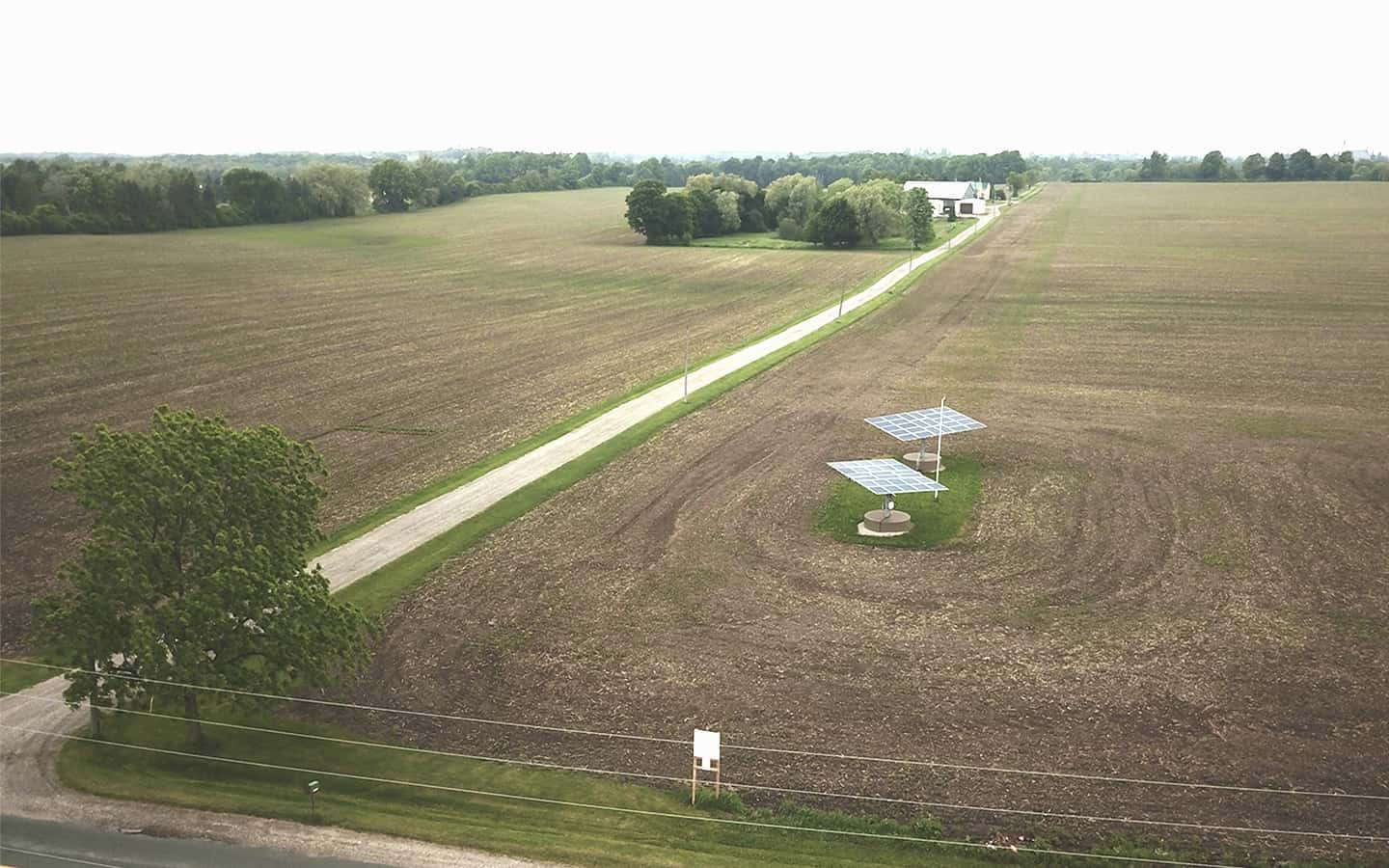MARYHILL — The proposed gravel pit on Shantz Station Road, a controversial project proposed near Maryhill, is moving through the review phases for development.
Most recently, the Region of Waterloo’s ecological and environmental advisory committee gave a green light, saying that after the company made some revisions to its plans, the project meets all policy and legislative requirements.
The committee is a group of experts that advise the region on development applications, environmental assessments and other environmental matters.
In turn, the Region of Waterloo is a commenting body on this project. The decision to approve the project’s applications will be made by Woolwich.
Capital Paving, a Wellington County-based aggregate extraction company, applied for a licence to remove aggregate above the water table, a zone change to allow for aggregate extraction on current farmland, and an Official Plan amendment in 2019.
The site is outside the areas the township currently designates for aggregate extraction in its Official Plan, and extracting there will require an amendment.
To access the pit, Capital Paving may use an older driveway that runs through a wetland.
The driveway was used in the early 2000s for truck access to a now-closed gravel pit. This access road will be paved and widened, and an extension built to the extraction area through a neighbouring woodlot.
Though this wetland area is habitat for species at risk, the committee believes the proposed access route makes more sense than the alternative of an access route to Foerster Road. This route would be longer, more costly, run along a township road that would need to be upgraded to accommodate the increased truck traffic, and could endanger pedestrians crossing between sections of a golf course.
The ecological and environmental advisory committee gave recommendations to lessen the project’s environmental impact.
These include planting more trees to make up for the damage, prioritizing planting the trees in the preliminary stages of the project and implementing a formalized agreement with the neighbour to ensure trees are retained over the years, according to Ken Hough, who presented about the project at the committee’s February meeting.
Also, once the pit is in its rehabilitation phase, the committee recommends the extension through the woodlot be taken out and the road through the wetland be put back to its original size.
Ecological passages to allow amphibians and reptiles to move across the access road were also recommended, though this was considered unnecessary by the Ministry of Natural Resources and Forestry, Hough said.
Overall, the access road “was a bit contentious but ultimately probably as good as we could achieve,” Hough said at the meeting.
An amendment to Woolwich’s Official Plan would allow for aggregate extraction outside the designated area.
The Hopewell Creek Ratepayers Association is a community group opposed to the pit. The group cites concerns with how close the project will be to Maryhill, a possible reduction in air quality, increased truck traffic and negative impact on nearby businesses.
“Shouldn’t aggregate mapping adopted by the region count for something?” says a letter last year from the group to the township and region. “Shouldn’t this mapping give citizens some certainty about where an aggregate proposal could arise?”
“It is very common when an application becomes public pretty much anywhere in Ontario, there’s going to be certain degree of opposition,” says George Lourenco, the resources manager for Capital Paving.
“I don’t know of a single application in the entire province that isn’t going through issues with a community or a certain number of neighbours that are nearby the operation.”
“I think it’s important to understand that gravel is only located in certain locations in the province. Mother Nature didn’t bless us with gravel everywhere. So we can only go to those places where it’s located and has a good enough quality and a certain amount, or a certain size of deposit to be able to warrant going for a licence.”
Lourenco also says the aggregate industry stresses that aggregate extraction needs to be close to where it will be used. The Ontario Stone Sand and Gravel Association estimates that adding one kilometre to the route of all aggregate trucks in Ontario would burn approximately 2.5 million extra litres of diesel fuel each year.
Other completed reviews and discussion about the project are on the Township of Woolwich’s ongoing projects page on its website.
Leah Gerber’s reporting is funded by the Canadian government through its Local Journalism Initiative. The funding allows her to report on stories about the Grand River Watershed.









